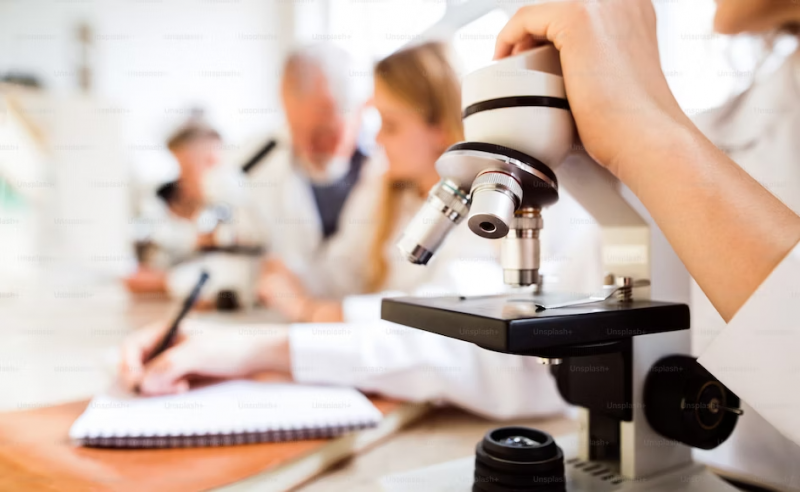
As the world races toward harnessing the power of quantum computers, collaborations between leading companies become pivotal in driving progress. In this regard, the collaboration between the BMW Group, Airbus, and Quantinuum is a beacon of innovation, highlighting the importance of partnerships in advancing quantum computing technology. Recently the three companies announced the results of their new project: a hybrid quantum-classical workflow that uses quantum simulation to study chemical reactions.
Studying the Oxygen Reduction Reaction (ORR)
In their new paper, “Applicability of Quantum Computing to Oxygen Reduction Reaction Simulations,” the BMW Group, Airbus, and Quantinuum used Quantinuum’s H-series quantum computer to study a specific reaction known as the oxygen reduction reaction (ORR). ORR plays a crucial role in a wide range of technological applications, especially in the field of renewable energy and environmental sustainability. It involves the conversion of oxygen molecules (O2) into water (H2O) through a multi-step process, releasing energy that can be harnessed as an electric current in fuel cells and metal-air batteries. Additionally, the ORR is essential in developing clean energy technologies, such as hydrogen production through water electrolysis.
Unfortunately, for ORR to work, it needs a large amount of platinum catalyst, making it expensive and relatively inefficient. Using Quantinuum’s quantum computer, the researchers hoped to simulate the reaction to find ways to improve its efficiency. Their work resulted in a hybrid classical-quantum workflow that revealed further insights into the ORR. “We can clearly envision the benefits of the study in our quest for sustainable and hydrogen-powered alternatives such as the ZEROe aircraft, which may operate on fuel cell engines,” explained Isabell Gradert, Vice-President of Central Research & Technology at Airbus, in the press release. “The study confirms that quantum computing is maturing at the scale we need for aviation.”
Moving Forward in a Successful Collaboration
This collaboration revealed that quantum computers offer a transformative approach to accelerate the research and development of efficient catalysts and materials, paving the way for a cleaner and more energy-efficient world. “The milestone achieved by BMW, Airbus and Quantinuum marks another small journey in the tipping point from quantum processors being objects of scientific interest to being a part of the planning process where objectives such as hydrogen fuel cell development using classical computing resources falls into a timeline similar to that of quantum computing. As we have now publicly stated at Quantinuum, we believe that we are less than 18 months away from a quantum computer that simply cannot be simulated or replicated using classical computers, and thereby moving decisively away from an era when most quantum computing milestones could be replicated on a laptop or even a high-performance computer. This announcement is important, and those who understand and appreciate the depth of the achievement will have no problem picking up the likely impact from the paper we have now made public,” stated Ilyas Khan, the Chief Product Officer at Quantinuum in an interview with Inside Quantum Technology. “In this pioneering work, we demonstrate how to integrate quantum computing into the industrial workflows of two of the world’s most technologically advanced companies, tackling material science problems that are a prime target for progress using quantum computing.”
The collaboration between the BMW Group, Airbus, and Quantinuum represents a pivotal milestone in the advancement of quantum computing technology. By combining their resources, expertise, and visions, these companies stand at the forefront of harnessing quantum computing’s transformative potential. This partnership accelerates progress within the automotive and aerospace sectors and paves the way for breakthroughs in various other industries. As quantum computing continues to evolve, such collaborations will remain indispensable in unlocking the true potential of this revolutionary technology and shaping the future of innovation.
Kenna Hughes-Castleberry is a staff writer at Inside Quantum Technology and the Science Communicator at JILA (a partnership between the University of Colorado Boulder and NIST). Her writing beats include deep tech, quantum computing, and AI. Her work has been featured in Scientific American, New Scientist, Discover Magazine, Ars Technica, and more.
- SEO Powered Content & PR Distribution. Get Amplified Today.
- PlatoData.Network Vertical Generative Ai. Empower Yourself. Access Here.
- PlatoAiStream. Web3 Intelligence. Knowledge Amplified. Access Here.
- PlatoESG. Automotive / EVs, Carbon, CleanTech, Energy, Environment, Solar, Waste Management. Access Here.
- BlockOffsets. Modernizing Environmental Offset Ownership. Access Here.
- Source: https://www.insidequantumtechnology.com/news-archive/a-new-collaboration-between-the-bmw-group-airbus-and-quantinuum-results-in-a-hybrid-quantum-classical-workflow-for-studying-chemical-reactions/



